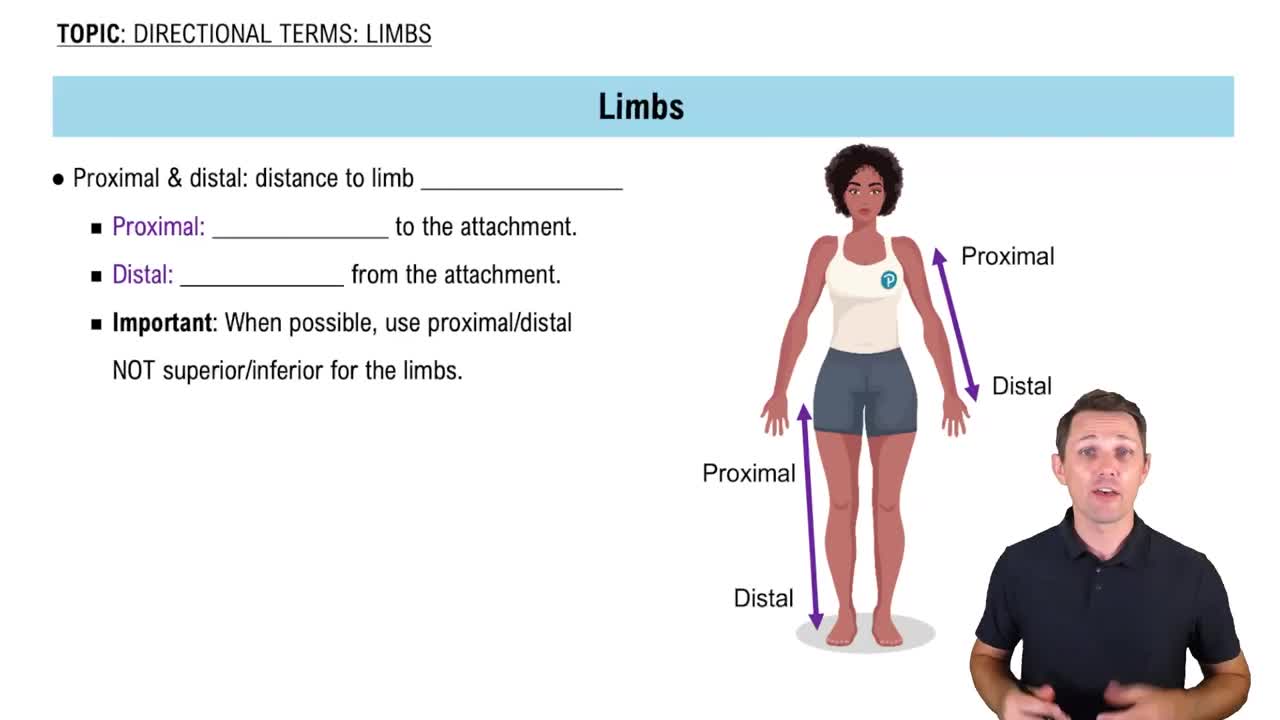Here are the essential concepts you must grasp in order to answer the question correctly.
Levers in Biomechanics
In biomechanics, levers are simple machines that amplify force or speed. They consist of a rigid bar (the lever arm) that pivots around a fixed point called the fulcrum. Levers are classified into three types based on the relative positions of the effort, load, and fulcrum, which affects their mechanical advantage and function in human movement.
Recommended video:
Second-Class Lever
A second-class lever is characterized by the load being positioned between the effort and the fulcrum. This arrangement allows for a mechanical advantage, enabling the effort applied to lift a heavier load with less force. Common examples in the human body include actions like standing on tiptoes, where the ball of the foot acts as the fulcrum, the body weight is the load, and the effort is applied by the calf muscles.
Recommended video:
Knee and Ankle Movements
Knee extension and ankle extension (plantar flexion) are movements that involve specific lever systems in the body. Knee extension primarily functions as a third-class lever, where the effort is applied between the load (body weight) and the fulcrum (knee joint). In contrast, ankle extension acts as a second-class lever, where the load (body weight) is between the effort (calf muscles) and the fulcrum (ball of the foot), illustrating the mechanics of second-class levers.
Recommended video:
 Verified step by step guidance
Verified step by step guidance Verified video answer for a similar problem:
Verified video answer for a similar problem:

